Art History, Florence, and Fragrance: Lessons From Gucci's Bloom Nettare di Fiori Perfume
For most of my adult life, Florence, Italy has always been synonymous with Renaissance art and American college students studying abroad. As an art history major at New York University, I sat for hours in dark lecture rooms looking at slides of the Palazzo Vecchio and the contents of the Uffizi Gallery. I spent months pouring of Florentine artist Giorgio Vasari's biographies of famous artists, and for my entire junior year, I had to listen — jealously, I must admit, as I was stuck waitressing at a vegan restaurant in the West Village and serving seitan to grumpy celebrities — to my friends talk about their debaucherous Italian nights during their semester at the NYU campus in the historic city. It wasn't until the summer of 2018, a full decade after I graduated college, that I finally got to visit Florence, and when I did, I experienced an entirely different aspect of the city that had nothing to do with Michaelangelo or Leonardo da Vinci, but was just as important to understanding its true beauty and charm.
I traveled to Florence to celebrate the launch of Gucci's latest perfume launch, Gucci Bloom Nettare di Fiori, which is the third and last addition to the Gucci Bloom franchise. Housed in the same pale pink bottle as Gucci Bloom and Gucci Bloom Acqua di Fiori, this time around, the toile floral print at the center of the flacon is rendered in black, hinting at the juice inside, which is darker, sultrier, and more mysterious than the previous Blooms.
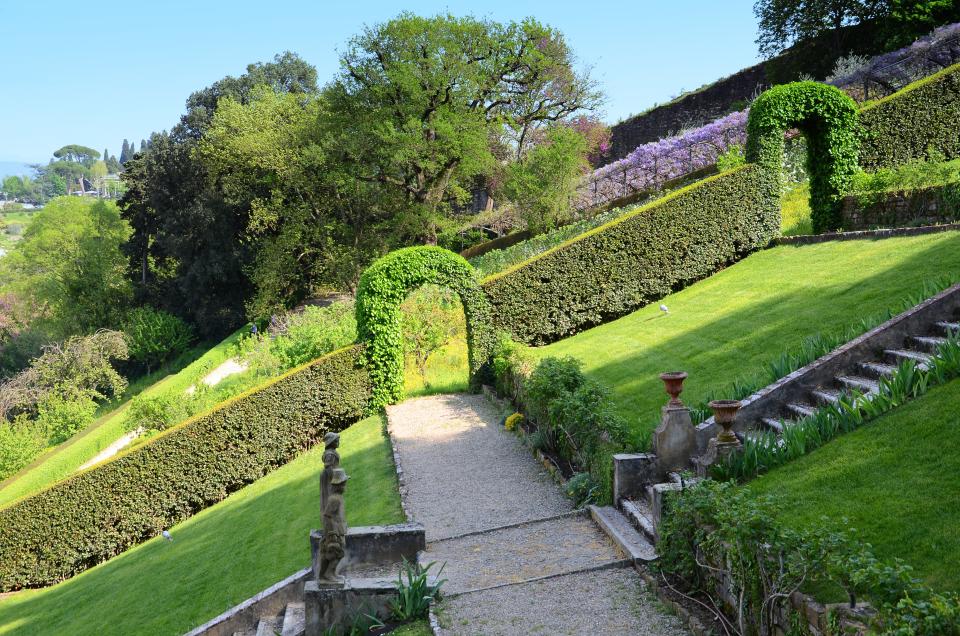
Bardini-Garden-Florence-Italy.
"Nettare di Fiori is more sensual than the others because you really smell the intensity of the flowers," said perfumer Alberto Morillas, who worked closely with Gucci creative director Alessandro Michele to develop all three of the Bloom scents. That intensity comes from the fact that, unlike the first two fragrances, Nettare di Fiori isn't supposed to smell like flowers in nature but rather a bouquet of fresh flowers enclosed in a room. "Alessandro said to me, Can you make me an imaginary garden, but an imaginary garden that's located in a city?" Morillas remembered.
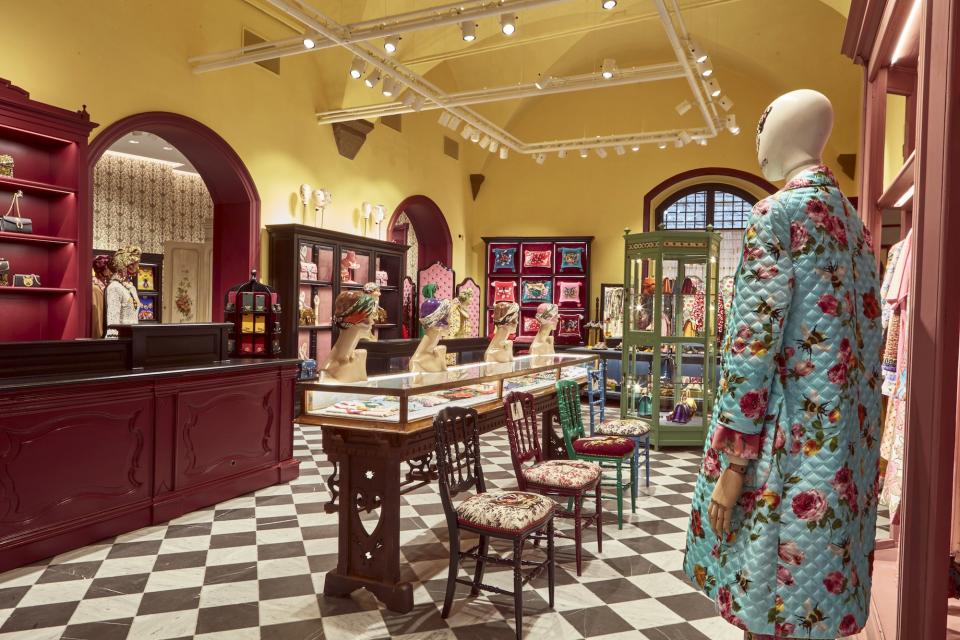
Gucci-Garden-Boutique-Florence.jpg
Courtesy of GucciMichele, an avid fragrance collector, was also very specific about the notes he wanted to include. "Nettare is a nectar of tuberose," Morillas explained. "Alessandro wanted to have patchouli mixed with tuberose, and he specifically wanted the scent to be a chypre."
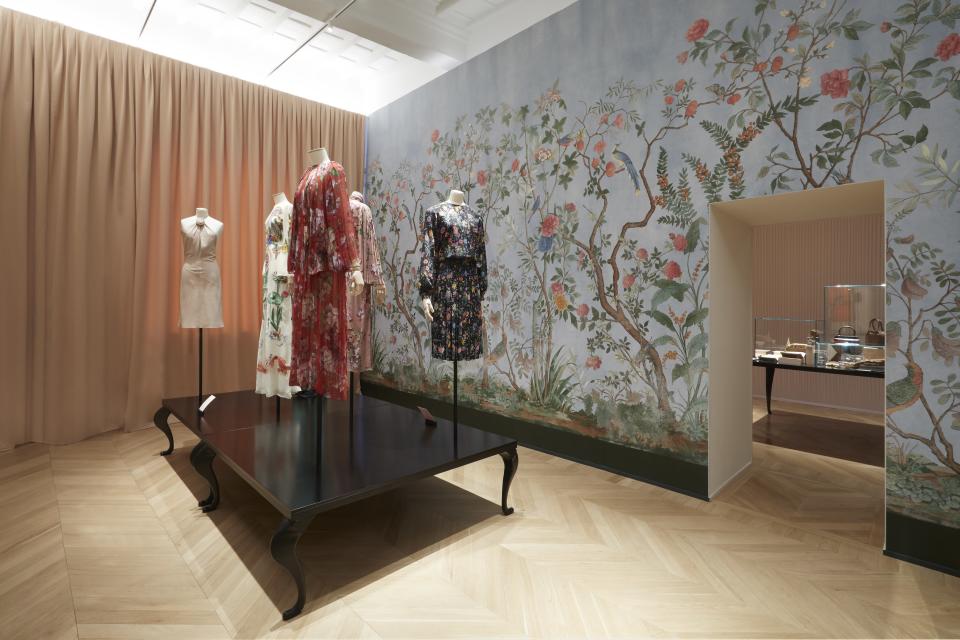
So what the heck does this all have to do with Florence? A lot, actually. Gucci was founded in Florence in 1921, which is why the city is the home to the Gucci Garden, not an actual garden but the brand's museum of sorts. Tucked away in the Piazza della Signoria, Gucci Garden is comprised of a restaurant (Gucci Osteria) and boutique on the floor level (shown in the images above and below) and the Galleria exhibition space, which is located on the top two floors. The gallery — which is open to the public and close enough to the Uffizi Gallery and Palazzo Vecchio to make a quick stop along the way if you're sightseeing in the area — displays Gucci vintage pieces, current designs by Michele, and installations and artwork either created and chosen by the designer to decorate the space.
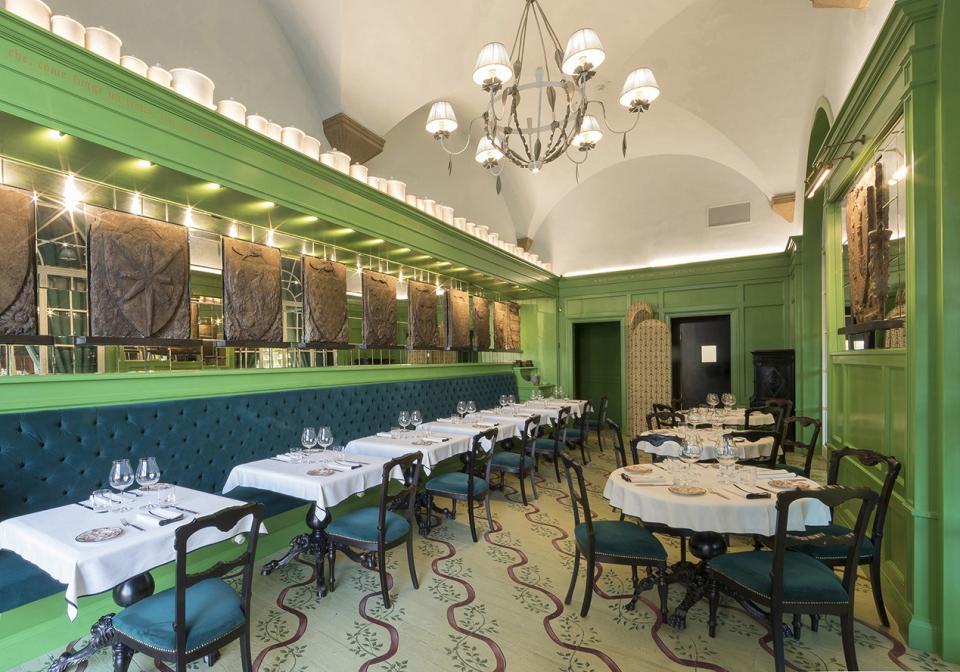
It's clear through touring the Galleria that it's Florence's famous gardens, rather than its historic artwork, that inspired the brand all these years, whether it was founder Guccio Gucci's silk, floral-and-fauna-printed scarves or a flower-lined bomber jacket designed by the previous creative director for the brand, Tom Ford. Walking through the rooms I saw 1950s-era clutches embroidered with roses, bags topped off with bamboo handles, suitcases decorated with different types of foliage, and of course, Michele's current designs that incorporate all of these past references into something thoroughly modern — and highly covetable.
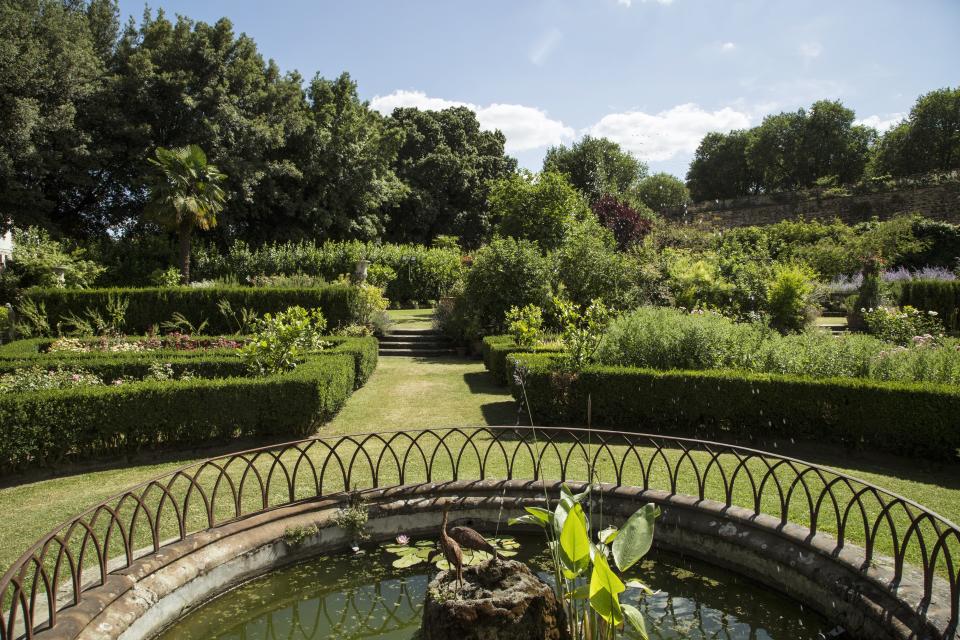
Torrigiani-Gardens-Florence.jpg
While I could tell you every little detail about Michelangelo's David and go on for hours about why the Gates of Paradise on the Baptistry of Florence are so important to the evolution of art, I had almost no knowledge of the fact that Florence was full of such beautiful gardens. The Garden of Boboli, Garden Semplici, and the Torrigiani Garden (a privately-owned garden to which Gucci organized a tour for us, shown in the images above and below), are full of colorful blooms and sculptural topiaries, laid out with the same appreciation of beauty and architectural detail as the city's most famous churches.
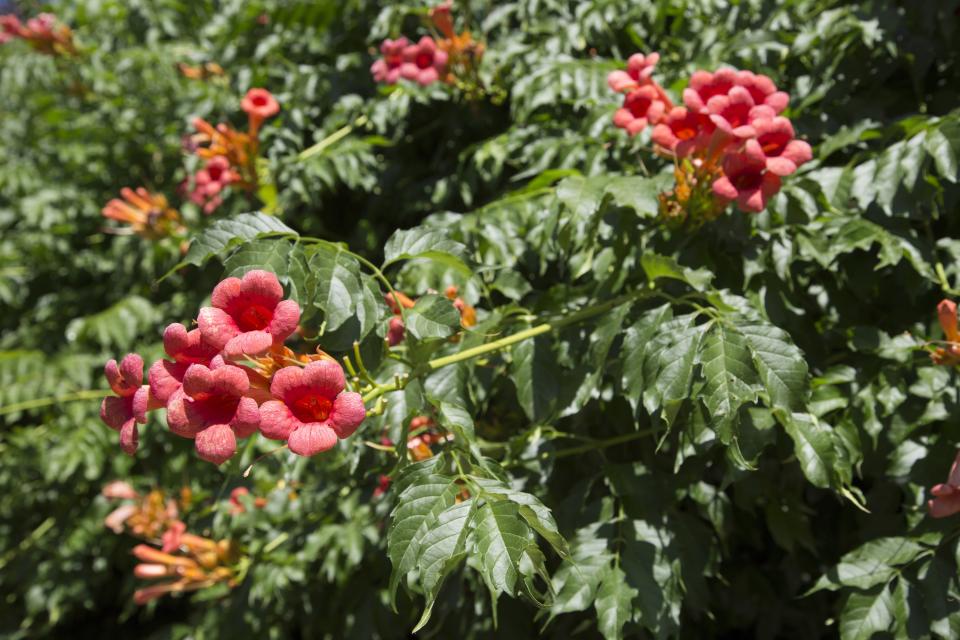
Gucci-Bloom-Torrigiani-Gardens.jpg
Walking through Florence's gardens, I was given a better, more thorough understanding of the city. It dawned on me that it's not just its churches and paintings and sculptures that make it the art capital of Europe, but also its natural artwork in the form of colorful blooms, dramatic leafy archways, and carefully laid out bushes that are characteristic of the city's gardens, both public and private. It's not hard to see how Gucci fits into all of this, a brand that combines delicate, whimsy prints that hark back to nature, and highly-technical, expertly-crafted bags, loafers, and luggage.
I remember when the first Gucci Bloom scent launched. But it's not until now, after this experience, that I finally understand how the range of Bloom fragrances fits into the DNA of the Florentine brand: The floral inspiration, the bottle that harks back to old Italian porcelain, the complex juice that is as much a work of art as any sculpture or painting you'd find in a museum. "Bloom is a mixture of this new molecule that takes a full year to make and very expensive natural ingredients — a special form of patchouli, a new essence of galbanum," said Morillas, who emphasized how technical, complicated, and pricy it was to make this new eau.
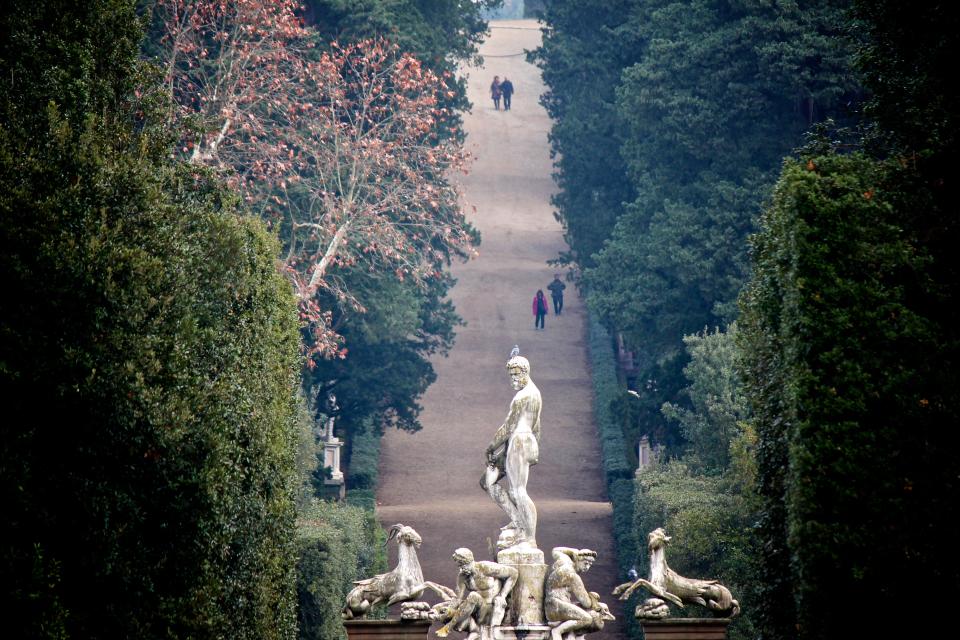
Firenze
After years of studying every little detail of Florence's history through its art and architecture, never did I think that a bottle of perfume would be the thing that helped me fall in love with the city and fully understand what makes it so unique. Maybe it's the blend of tuberose and heady patchouli that, when sprayed, makes me feel as if I'm in a dream state. Or perhaps its the bottle that reminds me of all the artisan shops I discovered while walking through the streets of the city. They say that scent is one of the best ways to recall the past. In this case, it's not my personal memories I remember when I smell this fragrance, but the history of a city I am only beginning to understand.
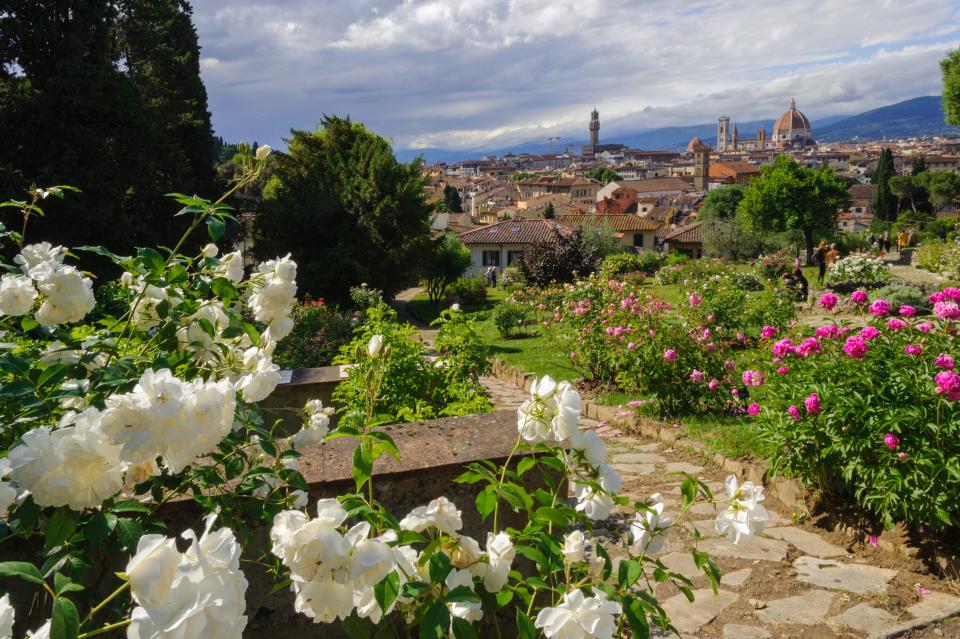
Gardens-Florence-Italy
Gucci Bloom Nettare di Fiori retails for $141 for 100ml, $107 for 50ml, and $81 for 30ml, and is available at Macy's and Sephora nationwide.
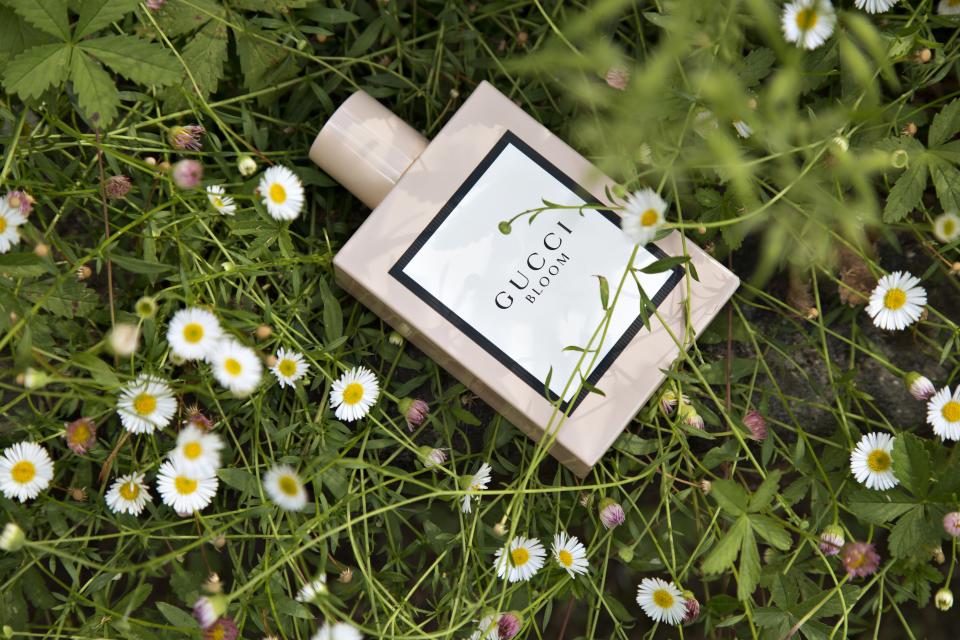
Gucci-Bloom-Bottle.jpg
Courtesy of GucciKeep reading for more on global beauty:
16 of the Best Japanese Beauty Products You Can Buy in the U.S. 5 International Beauty Routines, Tried By One Intrepid Writer The Beauty Editor's Guide to Marrakech
Speaking of beauty around the world, check out what it's like to soak in Iceland's famous Blue Lagoon:
